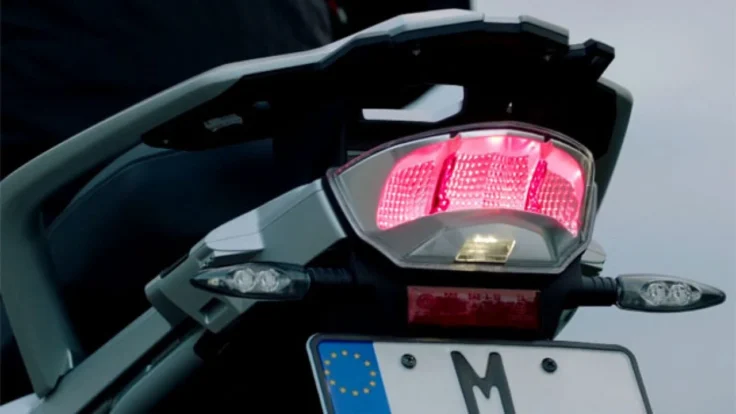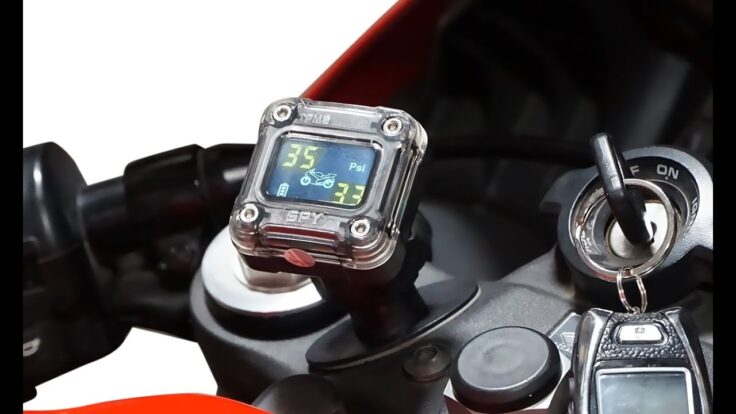There are few things quite as breathtaking as cruising down the scenic route with the breeze against your skin!
As exhilarating as riding a motorcycle can be, there are also safety factors to keep in mind.
Though hopping on a motorcycle can be dangerous, there has also been much technological advancement that can help keep you safe while you ride.
Check out these 9 high-tech advancements that are helping improve motorcycle safety
1. Airbag Clothing

While cars and trucks often have airbags, motorcycles are a little bit more of a challenge. Luckily, airbag clothing offers the same protection. Sensors are able to detect a crash and will deploy automatically.
2. Adaptive Headlights
One of the dangers of riding at night is that as a rider is rounding a corner, their fixed headlights won’t follow ahead. Adaptive headlights, however, use electric sensors to pivot as a rider turns, so even while the bike steers right or left, their headlights will follow to light the way.
3. Vehicle-to-Vehicle Communication
Technology is being developed that will actually allow motorcyclists to communicate with other vehicles on the road. This will play a major role in making sure other cars and trucks are able to see motorcycles and vice versa when visibility is low.
4. Dynamic Brake Lights

This feature will indicate how hard a motorcycle is braking by utilizing different lights. One set of lights will signify ordinary braking, while a second set will shine when the motorcycle is closer to a complete stop.
5. Anti-Lock Braking System
Often seen in cars and trucks, anti-lock braking systems are working their way into motorcycles as well. This technology will help the motorcycle to remain stable while the bike is turning or in an emergency situation.
6. Traction Control
Traction control uses sensors to determine the speed of each wheel on the motorcycle. If the wheels are spinning at incredibly different speeds, this feature will reduce power to the rear wheel in order to help stabilize the bike.
7. Electronic Tire Pressure Monitors

Low tire pressure can mean a decrease in fuel economy and affect the rider’s ability to handle the bike on the road. Instead of having to regularly check tire pressure, electronic tire pressure monitors alert the rider when their pressure is low.
8. Helmet Technology
Helmets are a necessity when riding a motorcycle. They’re perhaps the most important piece of safety equipment a rider can wear. In addition to protection, new technology means many helmets will include GPS, Bluetooth and rear-view cameras.
9. Automatic Clutch and Shift
Most motorcycles require the understanding of using a clutch and to switch gears. This can be a daunting task for new riders. Many motorcycles have started to roll out with an automatic clutch and shift. This automatic feature can make things much easier and safer for newer riders on the road.
A Final Note
Because of these exciting new innovations, motorcycle safety is on the rise. A downward trend in motorcycle-related deaths has been reported in the last couple of years, and things will hopefully continue to improve. Keep these 9 new features in mind when preparing for your next motorcycle trip.

